6. Mirror (1975)
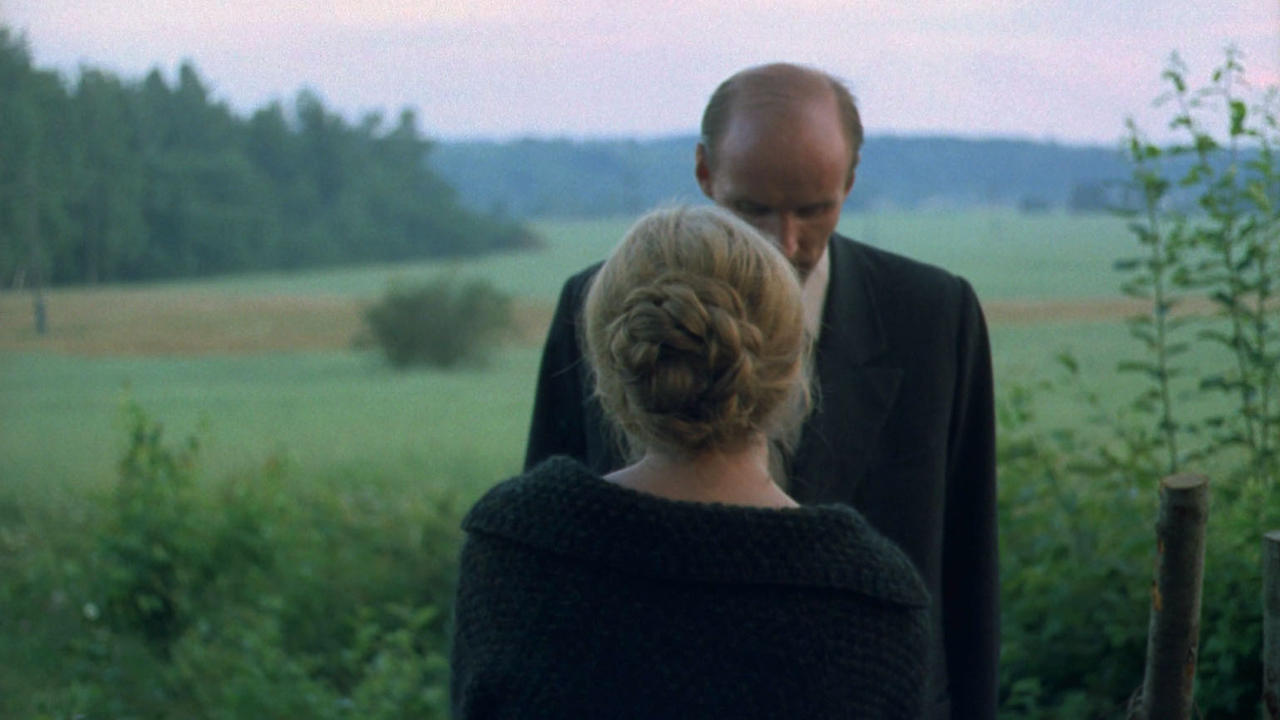
Unfortunately, Andrei Tarkovsky’s full filmography couldn’t fit onto this list, so impossible choices had to be made. It’s a tough call whether to go with “Andrei Rublev”, “Stalker”, or even “The Sacrifice”, but this semi-autobiographical memory piece strikes us as the most nakedly personal, moving, and downright mesmerizing film ever crafted by the visionary Soviet director.
Stretching in and out from the splintering mind of an ailing middle-aged poet reminiscing about his life in his death throes, “Mirror” is arguably as close as cinema has ever gotten to imprinting someone’s stream of consciousness directly onto celluloid. Toggling between the universal and the specific, the film bounces through time to weave through different chapters in the poet’s life with key historical events in 20th-century Russia baked into the story as well. Every scene ebbs and flows like a half-forgotten dream, with a barrage of hypnotizing long takes, poetic voiceovers, and wide landscape shots that leave a lasting impression and remain etched like cave paintings in your mind.
Languid and introspective by design (this is a Tarkovsky film after all), letting the whole experience wash over you instead of trying to follow the narrative too closely is a sure way to get the most out of this near miracle of a film on your first go-round.
7. Mishima: A Life in Four Chapters (1985)
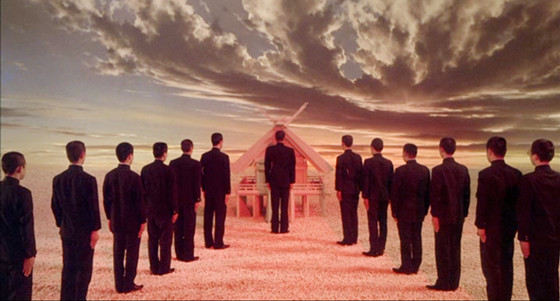
A biopic for people who hate biopics, Paul Schrader’s epic spin on the life and times of controversial Japanese writer Yukio Mishima takes an unorthodox approach to its subject in order to thoroughly examine the knots of contradictions and complicated legacy behind one of the most polarizing, and wholly fascinating artists in 20th-century literature.
In trying to scan through every broad stroke in Mishima’s storied life — from his troubled upbringing, rise to fame, personal reinvention as a bodybuilder, and post-war far-right radicalization to his failed coup d’état and public harakiri in 1970 — Schrader gives us a full picture of a tortured and self-destructive male antihero that fits right in with the Travis Bickles and Jake LaMottas of his personal catalog.
But what truly elevates this 1985 film beyond cookie cutter Hollywood-hagiography tropes into something more layered, ambitious, and cuttingly truthful is Schrader’s decision to juxtapose Mishima’s real-life story with dramatized segments inspired by three of his famous novels — each shot in breathtakingly gorgeous sets and punctuated by slashes of golden and vibrant crimson hues that engulfs the viewer on a purely aesthetic level.
8. Raise the Red Lantern (1991)
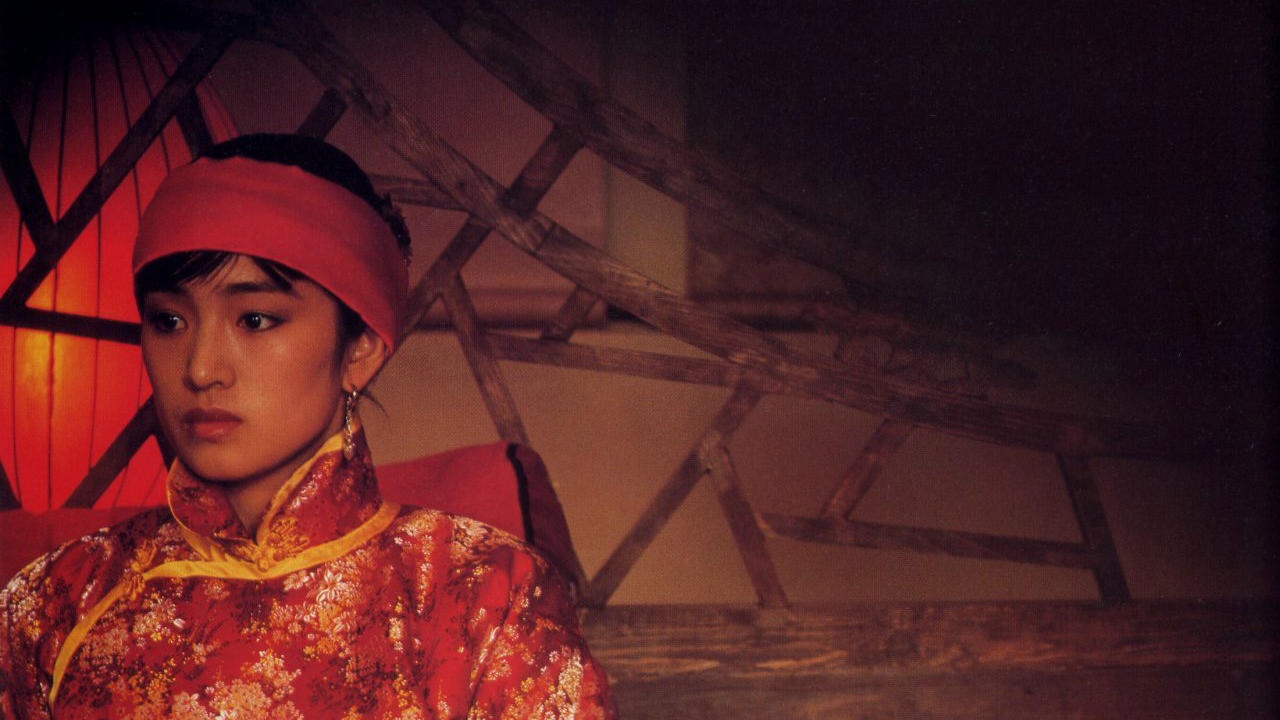
If formal precision, immaculate staging, and slick social critique is something that floats your boat when it comes to world cinema, then we strongly suggest you dive straight into the towering work of Zhang Yimou, a major trendsetter of the Fifth Generation and one of the brightest voices in all Chinese cinema.
Literally every frame is a painting in this impeccably crafted and quietly devastating 1920s period drama, in which Yimou casts an unwavering eye on the oppressive gender norms and vicious power dynamics of pre-Revolutionary mainland China through the plight of Songlian (Gong Li), a 19-year-old woman who’s sold off like cattle to pay off her bankrupt family’s debts and become the latest concubine of a wealthy landowner. An absolute masterclass in lightning, texture, and use of color, “Raise the Red Lantern” carefully observes the sour vagaries and everyday trials of Songlian’s domestic rituals as she acclimates to her new life of luxury at the palace, a gilded cage where she’s forced to patiently bid her time alone and viciously compete with the other three wives for her elusive husband’s attention.
Every immaculate shot serves a thematic purpose and is given enough breathing room so that it still lingers in your mind by the time the screen fades to black. Has quiet desolation ever looked more jaw-droppingly beautiful on-screen?
9. Spring, Summer, Fall, Winter… and Spring (2003)
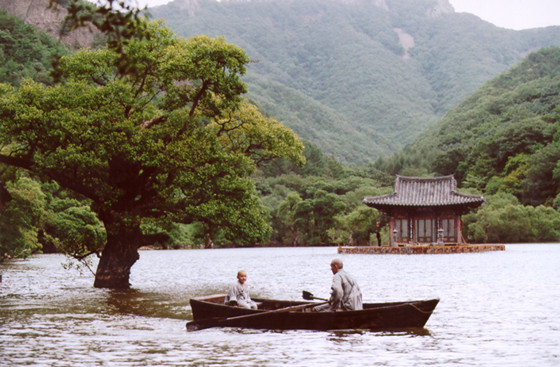
The transience and cyclical nature of life is effectively laid bare in this poignant tale of redemption based on Buddhist folklore, indisputably one of the greatest South Korean movies of all time, which takes place within a small floating monastery located in the middle of an isolated lake, where an old monk and his young apprentice live and learn valuable life lessons together.
Beautifully realized and rich with meaning, “Spring, Summer, Fall, Winter… and Spring” is neatly divided in five chapters each symbolizing a different stage in the young monk’s life, from childhood to old age, which in turn mirror the passage of time and changing of the seasons. Unfolding at a leisurely pace without losing any sense of urgency and momentum, Kim Ki-duk’s contemplative opus takes its sweet time getting going and might turn off unassuming viewers with its languid pace and elliptical structure. But those who manage to stick with the film to the finish line will find an enlightening, graceful and surprisingly tactile masterpiece teeming with stunning visuals that will soothe their soul and complex questions about the human condition that refuse to deal in heavy-handed platitudes.
10. Three Colours: Blue (1993)
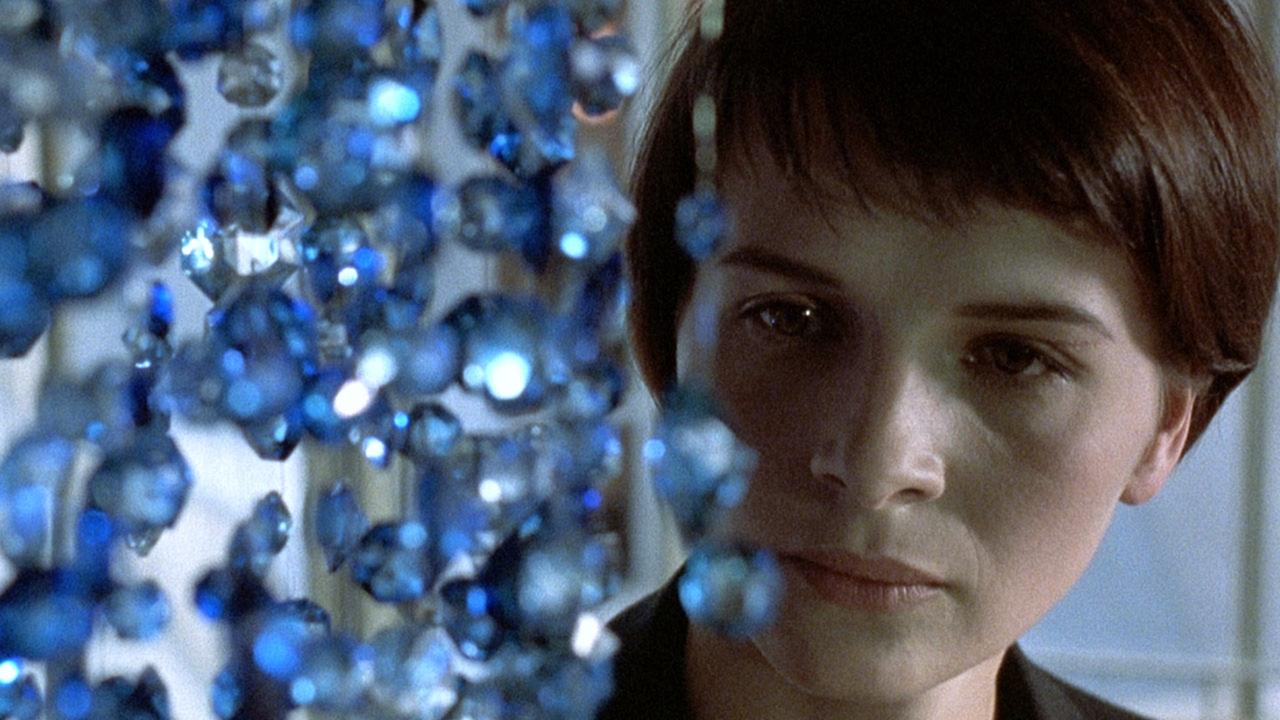
Loss, grief, and trauma cast a long shadow over the first and strongest entry in the superb thematic trilogy by Polish arthouse icon Kristoff Kieślowski, toplined by Juliette Binoche’s career-best turn as Julie, an enigmatic woman reeling off a personal tragedy that claimed the lives of her famous composer husband and daughter. Freedom in a spiritual sense only seems attainable by willingly overcoming grief, cutting yourself off the past, and starting afresh. Much easier said than done, or so the film argues echoing the old adage that though you may be done with the past, the past may not always be done with you.
One of the capstone achievements of Kieślowski’s career, “Blue” juggles a gauntlet of profound existential themes at its fold, but it’s the gripping emotional hook and striking color motif that resonates and stirs up deeper truths about the human psyche, as we watch Julie’s emotional odyssey as she relocates to a small flat in Paris and slowly comes to terms with her renewed sense of identity. A proven hand at weaponizing the use of color to convey the underlying emotions and inner turmoil of his characters, Kieślowski was firing on all cylinders here, transforming quiet moments of introspection into sublime revelations with an unforgettable visual palette that incorporates different hues of blue.